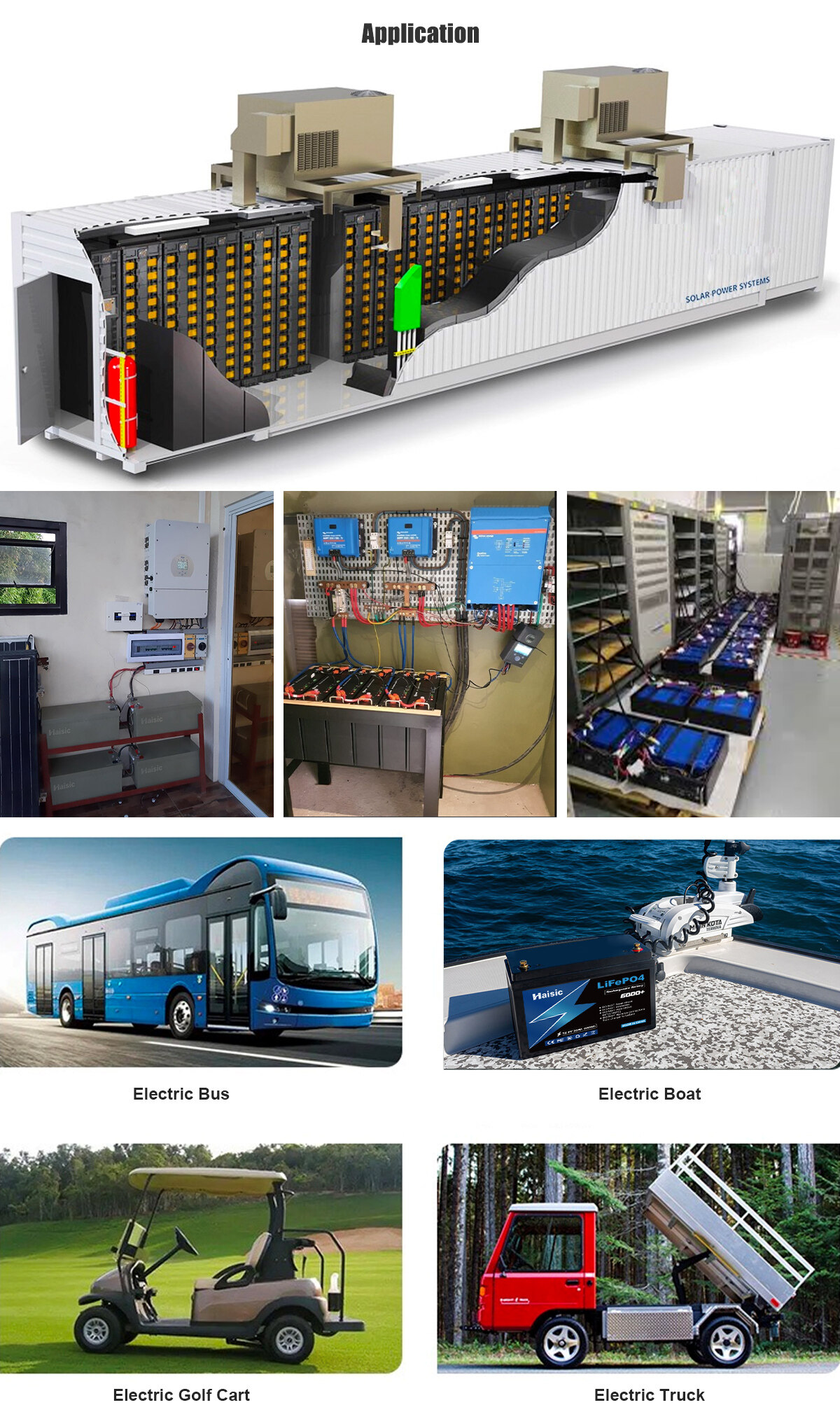Email format error
Email cannot be empty
Email already exists
6-20 characters(letters plus numbers only)
The password is inconsistent
Email format error
Email cannot be empty
Email does not exist
6-20 characters(letters plus numbers only)
The password is inconsistent

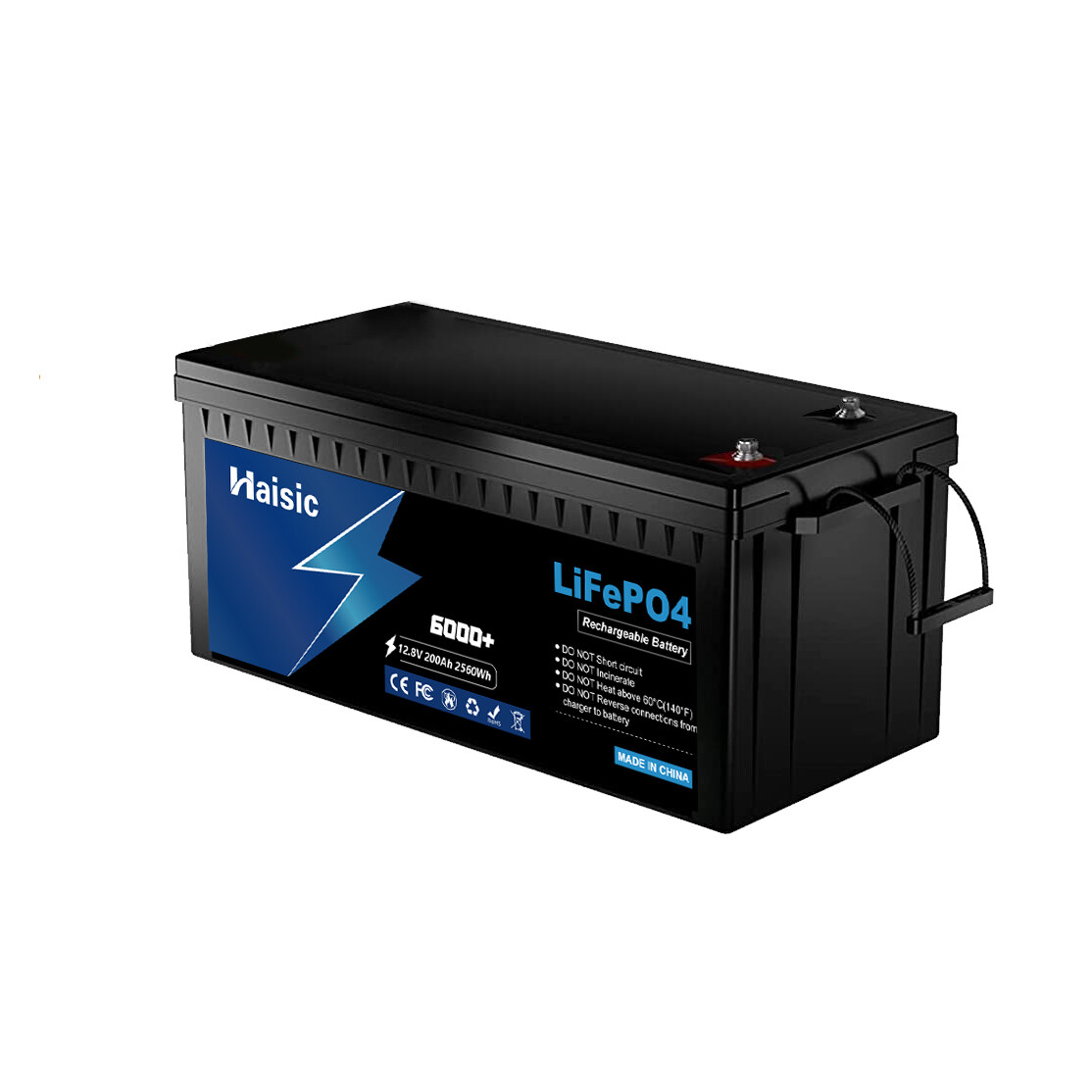
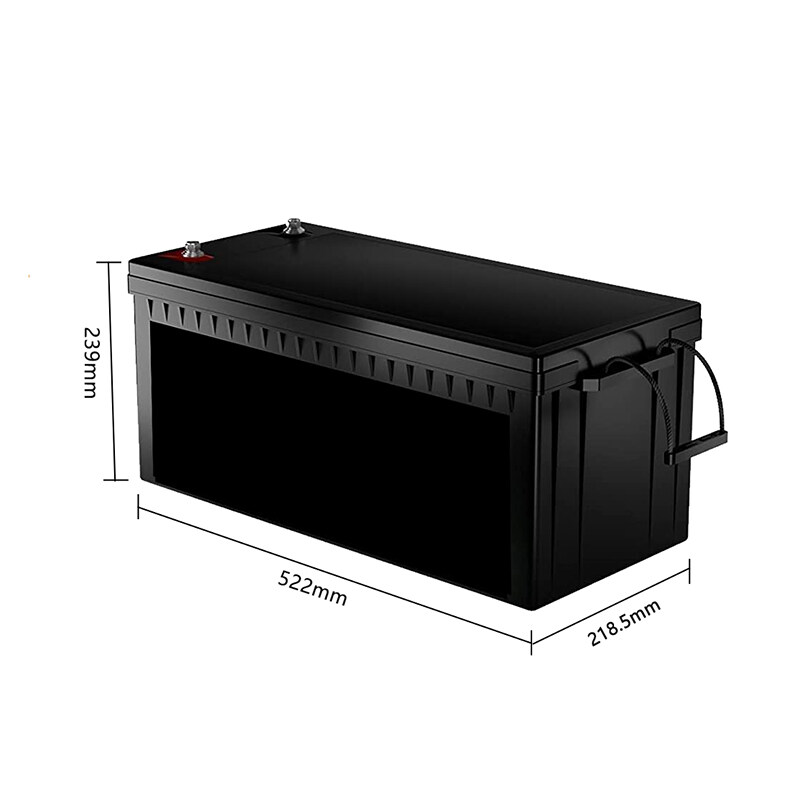
Lithium iron phosphate is the chemical formula LiFePO4 or "LFP." LFP has excellent electrochemical performance and low resistance, making it one of the safest and most stable cathode materials for lithium-ion batteries.
What is lithium iron phosphate?
Lithium iron phosphate is a compound LiFePO4 or "LFP" for short. LFP has good electrochemical performance and low resistance and is one of the safest and most stable cathode materials that can be used in lithium-ion batteries.
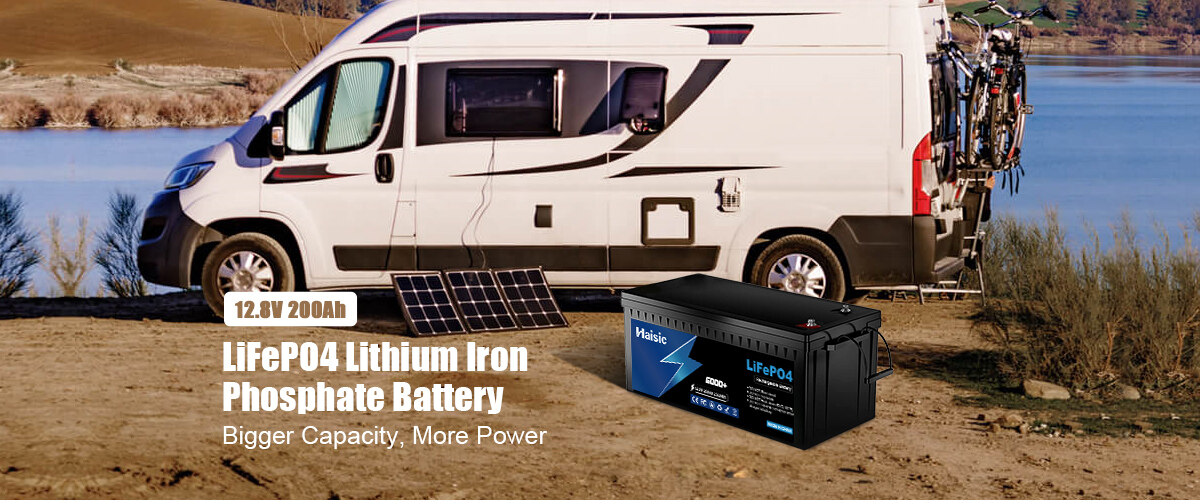
Product parameters
| Model | HS-12.8V200Ah |
| Application area | Outdoor and indoor UPS and battery back up systems; Portable and cordless household appliances; Medical equipment; Motorcycles, toy cars; Camping trailers, RVs, etc. Lighting equipment, emergency lights, etc. And many other applications |
| Cell Type | LiFePO4 |
| Volt | 12.8V |
| Capacity | 200Ah |
| Charge Voltage | 14.6V |
| Maximum Continuous Charging | 200A |
| Maximum Continuous Discharge Current | 200A |
| Weight | 23.3KG |
| Size | 522*218.5*239mm |

What is a lithium iron phosphate battery?
Lithium iron phosphate battery is a kind of lithium-ion battery that uses lithium iron phosphate as cathode material to store lithium ions. LFP batteries usually use graphite as the negative electrode material. The chemical composition of LFP batteries gives them a high-rated current, good thermal stability, and a long life cycle.
Most lithium-iron phosphate batteries have four battery cells connected in series. The nominal voltage of the LFP battery is 3.2 volts. Connecting four LFP batteries in series produces a 12-volt battery, which is an excellent alternative to many 12-volt lead-acid batteries.
The applications of lithium-iron phosphate batteries are unlimited.
Lithium iron phosphate uses similar chemical properties to lithium ions and uses iron as the cathode material. Compared with their lithium-ion counterparts, they have many advantages. This article discusses in detail the many reasons why lithium iron phosphate batteries have become the future of home storage.
In the past many years, most home energy storage solutions (ESS) have used lithium-ion batteries as their main backup power source. Lithium-ion batteries are cheap and easy to obtain, and as more devices and even vehicles begin to rely on them, they have saturated the battery market. However, the emergence of new technologies is inevitable, and home energy storage ushered in new battery technology - "lithium iron phosphate battery".
The home solar battery is a kind of storage battery, which does not fluctuate like a power battery when it supplies power to other devices. The output of the battery is relatively stable. Generally, the discharge current is small and the discharge time is long.
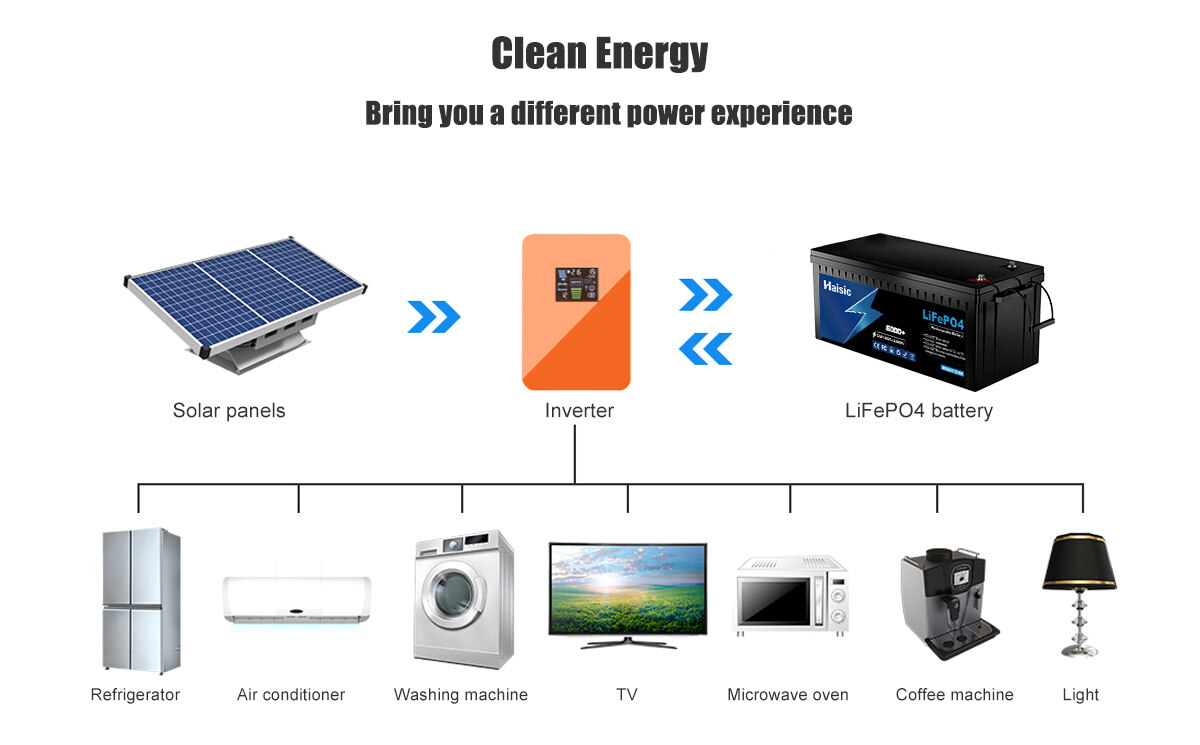
Let us see what characteristics the battery should have
1. It should operate normally within the temperature range of -30℃ to 60℃.
2. It should have good low-temperature performance, that is, it can work normally in low-temperature areas.
3. The capacity consistency should be maintained when used in series or parallel.
4. It should have good charge acceptance. It should perform well in an unstable charging environment.
5. Long service life, low maintenance cost, reduce total investment cost.
In short, we need battery solutions with greater capacity, greater power potential, longer service life, sustainability, safe, and meet the needs and wishes of today's responsible consumers. The emergence of lithium iron phosphate batteries just meets these characteristics. Lithium iron phosphate batteries have a series of unique advantages such as high working voltage, high energy density, long cycle life, low self-discharge rate, no memory effect, and environmental protection. It supports stepless expansion, which is very suitable for home energy storage. And it also has good application prospects in the fields of safe grid connection, grid peak shaving, distributed power station, UPS power supply, emergency power supply system, and so on.
